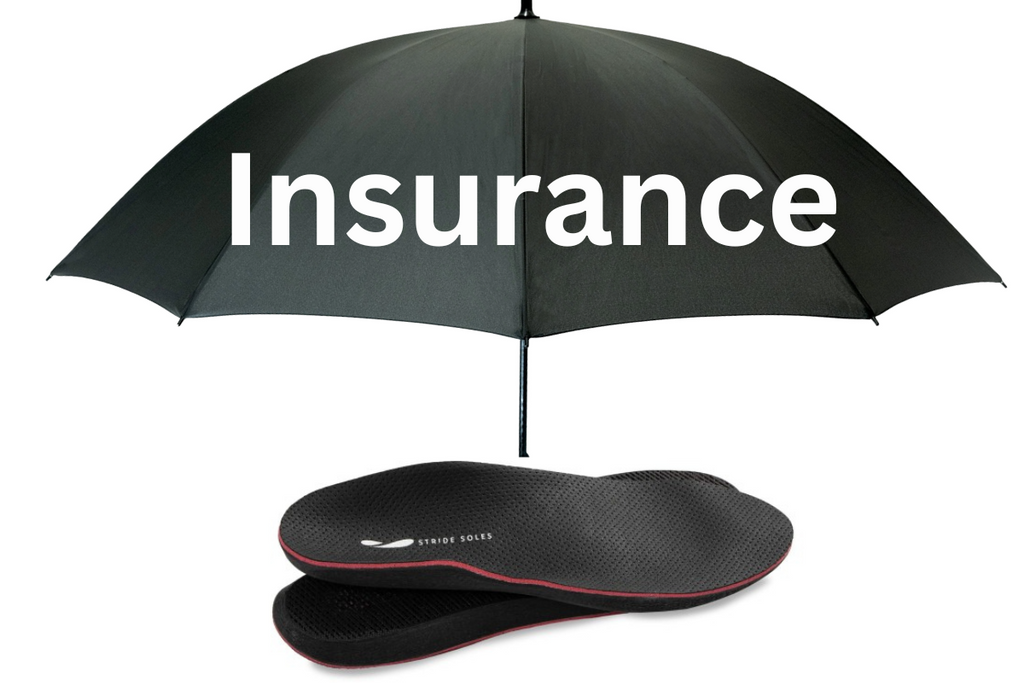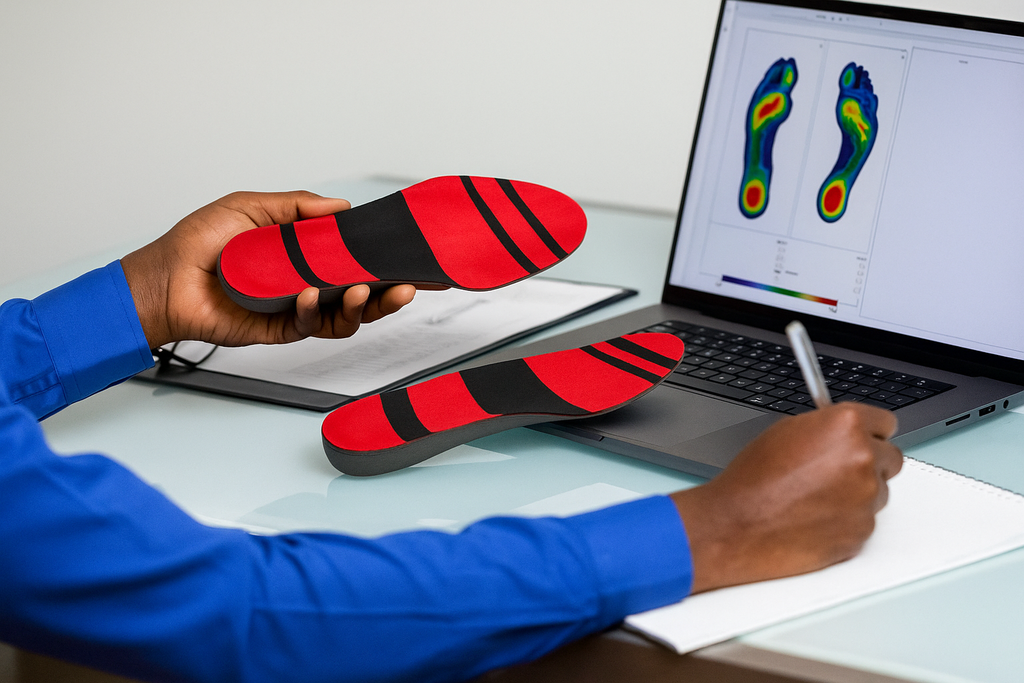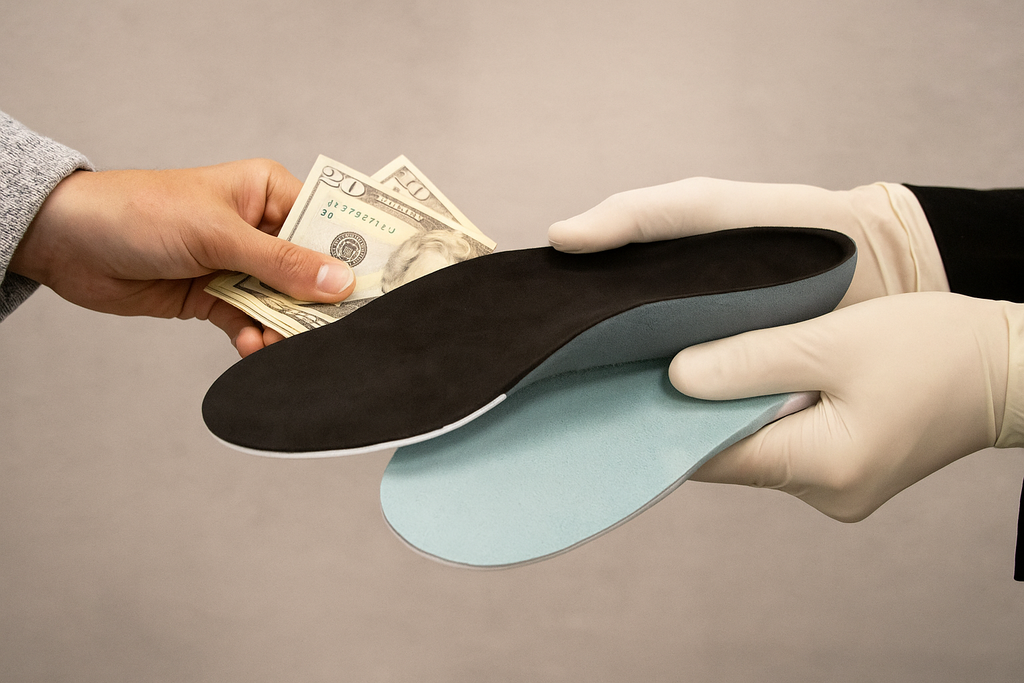Do orthotics really work?
Yes, orthotics really work!
Numerous studies and medical research have shown that properly using orthotic devices for the long term has significantly reduced symptoms and is an effective non-surgical treatment for foot ailments.
Research studies indicate that orthotics have a success rate of 89% in treating plantar fasciitis, a medical condition generally caused by excessive stress, standing for long hours, or weight bearing. Also, the final results of the research show that orthotic devices have shown more efficiency in treating plantar fasciitis than regular therapy or administering NSAIDs.
Another study has claimed that foot orthotics can help reduce pain and provide sustainable benefits in managing long-term symptoms in the early stages of rheumatoid arthritis (RA).
Even young basketball players or footballers who put a lot of pressure on their feet suggest the use of orthotics as it helps align the feet and ankles and play high-level sports without straining the feet.
What are Orthotics?
Orthotics are medical shoe insoles or inserts prescribed to treat significant foot, ankle, or back pain. They are also recommended to treat foot deformities and other medical conditions and provide comfort and physical support.
Types of Orthotics:
Different orthotics are made of different materials depending on the type of problem they are used to treat. The materials are carefully chosen, considering their therapeutic benefits. The orthotics materials should be flexible, durable, functional, and comfortable to meet the different needs of the patient.
Orthotics are mainly of two types:
-
Custom Orthotics: These are custom-made prescription orthotics designed after thoroughly examining the foot. The provider uses a custom mold to carefully take the measurements of the foot along with computerized and 3D images.
Custom orthotics are generally used to treat complicated foot disorders or are often prescribed to athletes who have experienced frequent injuries that could not be treated with over-the-counter (OTC) orthotics.
-
Over-the-counter Orthotics: Over-the-counter orthotics are ready-made and available in pharmacies. They are available in generic sizes from small to large. Some OTC orthotics come with Velcro straps that can be adjusted. These orthotics are generally made of light material and are not durable.
Physicians may recommend wearing them for a trial period before a custom orthotic is used. Over-the-counter orthotics are not made as per the specific needs of the person and therefore they may even fail to improve the foot’s gait or other symptoms.
How Do Orthotics Work?
The main purpose of orthotics is to ease pain, provide support, treat foot conditions, control and prevent deformities, and improve foot gait. They are often recommended along with other treatments like exercises, physical therapy, or NSAIDs (non-steroidal anti-inflammatory drugs).
Here is how orthotics work:
-
They strengthen the joints, ligaments, and muscles of the foot and ankles.
-
They increase the nerve stimulation in the feet.
-
Helps to distribute the pressure on the foot evenly.
-
Cushions the foot and alters the pressure from the injured tissues, corns, and callus, and allows them to heal.
-
It provides balance and support and improves gait.
Conditions That Benefit From Orthotics
Orthotics are generally prescribed to treat the following conditions:
-
Flat Feet: Also known as flatfoot, it is a condition where the arch present inside the foot flattens when you stand on them. It generally occurs during childhood when the arch is still developing but can even develop in adulthood. In this case, orthotics are required if it is causing pain or affecting normal foot functions.
-
Knee, hip, and back pain: Poor foot posture or positioning can put pressure on the knee and hips or cause lower back pain. Orthotics can help to reduce the pressure and lessen the pain.
-
Sports Injuries: Athletes may experience trauma or injury during sports. Orthotics provide extra support to the foot and ankles and alleviate the pain.
Limitations of Orthotics
Despite the numerous benefits of orthotics, there are certain limitations. Some of them are as follows:
-
Orthotics are Costly: Orthotics are an effective treatment, but they can be expensive. Health insurance may only cover a part of the cost.
-
Orthotics May Not Work: In certain cases, an inexperienced podiatrist may fail to provide a proper diagnosis and prescription, and the orthotics may not give the appropriate result as needed.
-
Long-term Dependency: Many patients fear that they may get used to orthotics for a lifetime and may never be able to stop using them. However, doctors generally prescribe orthotics for a limited period and ask patients to stop using orthotics once they recover.
-
May Not Fit Well: Some orthotics may increase the weight or may not fit well in the shoes. In these cases, they may cause discomfort.
Are Orthotics Right for You?
Before you purchase orthotics, it is necessary to consider the following factors:
-
Shape of the Orthotics: Know whether the orthotic perfectly fits your feet or the footwear you are wearing. Ensure that you are comfortable while wearing it throughout the day.
-
Support and Relief: Orthotics must reduce pain and provide functional comfort. Before buying, check whether the orthotics are comfortable enough, provide support, and treat the symptoms.
-
Seek Medical Consultation: Whether you are going for OTC orthotics or custom orthotics, it is always advisable to consult an experienced podiatrist and a licensed physician for a proper prognosis.
Conclusion
Orthotics is one of the most popular treatment options for correcting multiple medical conditions that affect the foot like flat foot, plantar fasciitis, foot injuries, arthritis, etc. It is also widely used to improve foot posture and treat foot bumps like bunions and corn.
While orthotics are extremely helpful, choosing the right orthotic device is equally important. This is where Stride Soles comes in, a new-age and convenient healthcare solution provider that offers innovative and customized orthotics designed to ease pain and provide the best care and comfort to people suffering from foot ailments for a longer time period. So, if you are looking for easy, affordable, and convenient orthotics that are easily available and custom-made to your foot type and preferences, Stride Sole is the best solution.




